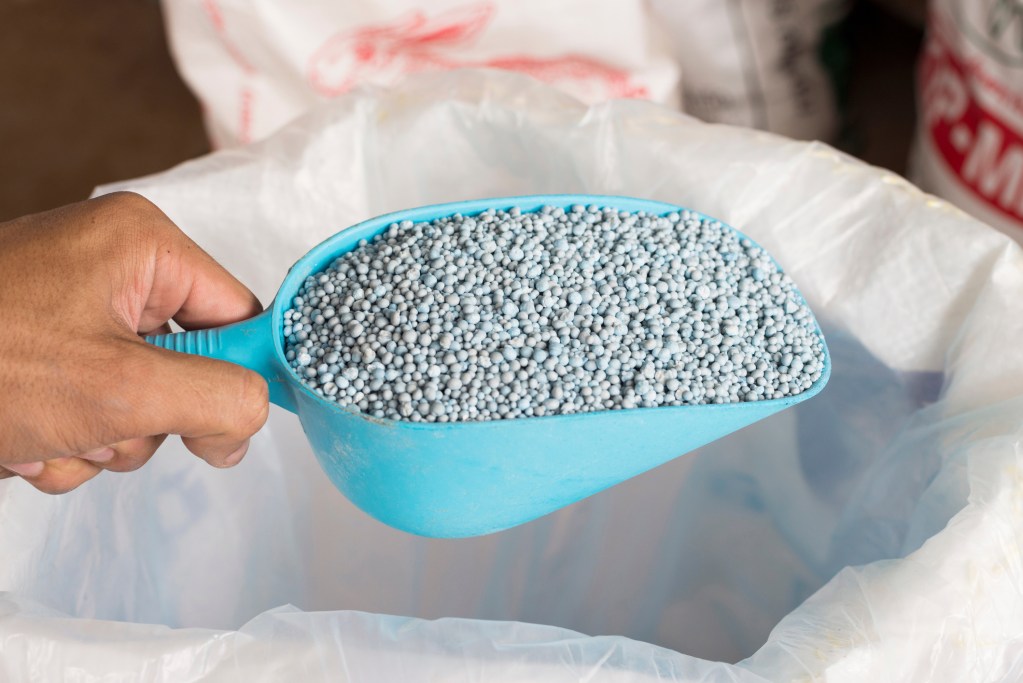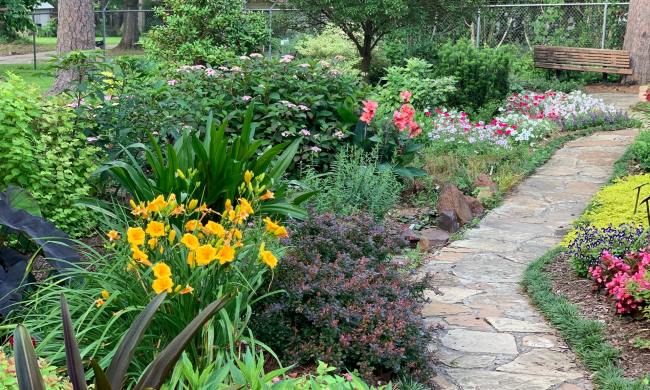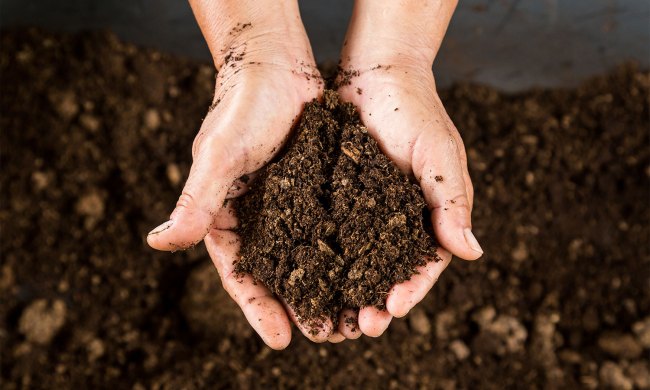Gardening can be a fun way to unwind and enjoy delicious homegrown fruits and veggies. Some plants are more stubborn than others, but luckily, there are plenty of tools and products available to help with everything from getting rid of a plant to making it grow larger. Fertilizer is one such tool, perfect for houseplants, gardens with poor soil, and encouraging the biggest and best fruits and flowers. If you’ve found yourself with more fertilizer than you can use right away, you may wonder how to store fertilizer. In this guide, we’ll walk you through everything you need to know to store it safely and effectively.
How to store fertilizer

If the fertilizer is unopened or came in a resealable container, such as a bottle with a lid, then you should store it in the original container. The storage place should be somewhere with ventilation, as well as a mild or cool, dry, clean, and shady environment. A garage or basement is usually the best place for this, but inspect the area to make sure it is safe. Avoid storing your fertilizer in places that are stuffy or quickly become hot, such as a shed, closet, or attic.
This serves two purposes. The first is safety, as some fertilizers are flammable or even combustible (although combustible fertilizers are not as common as they once were), and storing them carefully will keep you and your loved ones safe. Flammable fertilizers will have warnings on the label, and they should also be stored away from other chemicals or flammable materials. The second is effectiveness, as heat, sun, and moisture could potentially damage the container, leaving your fertilizer exposed to the elements.
If the fertilizer has been opened and did not come in a resealable container, then you’ll need to store it inside another container. If the bag is small enough, you may be able to use a bag clip to hold the bag closed, which is useful. Otherwise, place the entire bag in a larger sealable container. While it may be tempting to simply empty the bag into the container and toss the original bag, don’t forget that the original packaging has important information for using the fertilizer safely and effectively.
Does fertilizer go bad?

As long as it’s properly stored, fertilizer doesn’t really go bad. Properly stored fertilizer can be used for many years without issue. The exception to this is fertilizers that also include pesticides or herbicides, such as weed and feed lawn fertilizers. The added pesticides and herbicides often degrade faster than the fertilizer itself, so you should check the packaging for an expiration date.
Improperly stored fertilizer also doesn’t go bad exactly, but it does lose effectiveness over time. Exposure to the elements breaks down or degrades the fertilizer, causing it to lose valuable nutrients. This is why properly storing your fertilizer is so important.
How to dispose of old fertilizer

Like many other chemical products, fertilizer is typically considered hazardous household waste, meaning there are specific laws and regulations regarding how to dispose of it. You can’t simply throw out your old fertilizer, as this could create a dangerous situation for your local waste management team. The good news is that since it is regulated, there are usually clear and easy-to-find instructions on your state’s agriculture or environmental website. While some specifications can vary, most states follow the same basic outline.
If your fertilizer is still in good condition and you simply don’t want or need it anymore, you can try to find another gardener who needs fertilizer. Local groups on social media are a good place to check. Some garden centers will accept fertilizer as well to use when caring for their own plants.
If the fertilizer is not in good condition or you can’t find someone to take it, your next step is to check your state’s list of hazardous household waste collection centers. These facilities collect, recycle, and repurpose materials such as fertilizer, paint, cleaning products, and batteries. Some areas have permanent locations that you can take your fertilizer to, and others have specific days when hazardous materials are collected. If you’re struggling to find the information on your state’s website, you can check the Earth911 database by searching “fertilizer” and your zip code to find centers near you.
Can you store fertilizer outside?

Fertilizer can be stored outside, but it is more likely to degrade. Store the fertilizer in a sheltered location, where it will be stay out of the sunlight and be protected from storms. Avoid storing your fertilizer near things that may attract animals. While fertilizer generally doesn’t smell appealing to animals, accidents can happen, leading to the container being damaged and your fertilizer spilling. If you don’t have anywhere sheltered and cool for your fertilizer, you can use a tarp to cover it and keep it out of the sun. However, the tarp may not be enough protection against storms, so keep an eye on the weather.
Storing fertilizer properly is a simple process that can have a huge impact on your garden’s success, since it won’t go bad if stored correctly. Your garden will thank you for storing it properly, and your state will thank you for disposing of it properly if it does become damaged before you can use it.




